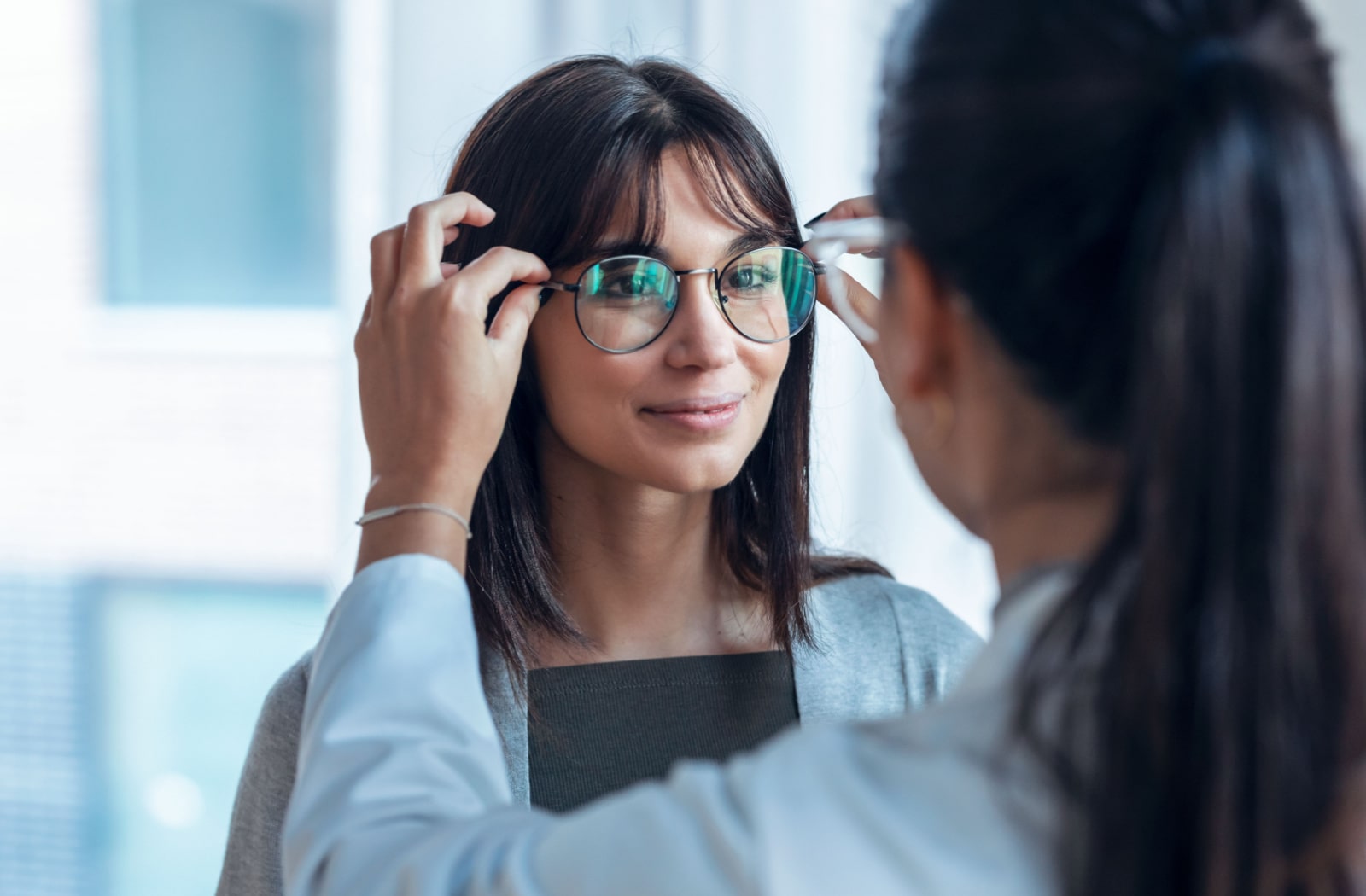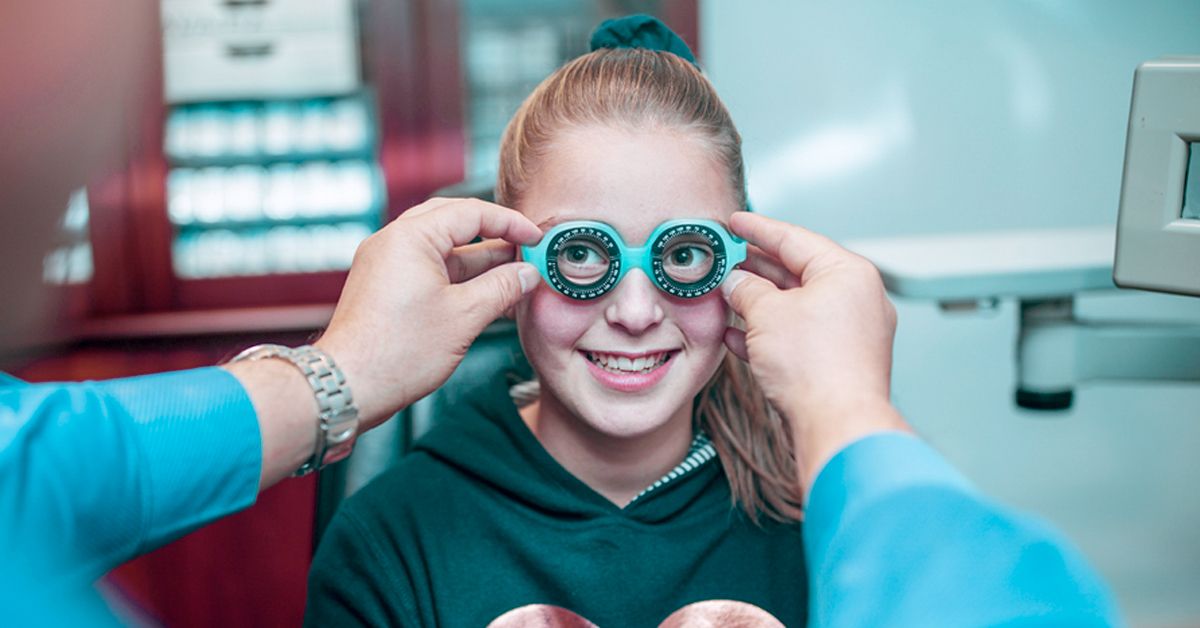Discover the most effective Optometrist Chino for Comprehensive Eye Care
Discover the most effective Optometrist Chino for Comprehensive Eye Care
Blog Article
Checking Out the most up to date Technical Advancements in Optometry and What They Mean for Optometrists
From the accuracy of Optical Coherence Tomography to the nuanced insights supplied by AI-driven analysis tools, these advancements are establishing brand-new standards in individual analysis and therapy. As these developments permeate the technique, eye doctors are faced with the challenge of welcoming these tools to improve person outcomes.
Developments in Diagnostic Equipment
Advancing the field of optometry, innovations in analysis devices have revolutionized the means eye care specialists analyze and detect aesthetic disabilities and ocular conditions. The past years has seen substantial technical improvements, allowing more detailed and accurate analyses.
One more trick advancement is the intro of sophisticated corneal topography systems, which map the surface area curvature of the cornea with precision. These tools are specifically useful for suitable contact lenses and identifying corneal problems. Furthermore, electronic retinal imaging has actually transformed conventional ophthalmoscopy, supplying comprehensive, scenic sights of the retina that facilitate extensive aesthetic examinations.
The development of wavefront aberrometry has also been vital, making it possible for the evaluation of refractive mistakes with unrivaled accuracy (Eye Doctor). This innovation helps in tailoring corrective lenses and boosting surgical end results for refractive surgical treatments. Collectively, these diagnostic improvements equip optometrists to supply superior person treatment, ensuring very early intervention and tailored therapy strategies, ultimately enhancing visual wellness end results
AI in Person Monitoring
Building on the foundation of advanced analysis devices, the incorporation of fabricated knowledge (AI) in client management stands for a transformative jump for optometry. AI systems are progressively employed to boost effectiveness, accuracy, and personalization in individual treatment.
In addition, AI-driven systems assist in streamlined patient interactions and management processes. Automated organizing, virtual appointments, and customized follow-up strategies not only enhance patient contentment however likewise optimize time administration for professionals. These systems can triage patients based upon the seriousness of their problems, ensuring that those in essential requirement get punctual focus.
Additionally, AI boosts decision-making by providing optometrists with evidence-based suggestions and therapy pathways. By integrating data from digital health records, AI devices offer insights that notify medical choices, minimizing the risk of mistakes and improving individual end results. As AI continues to develop, its function in individual monitoring will likely increase, improving the landscape of optometric care.
Developments in Retinal Imaging
In the world of optometry, retinal imaging has actually seen exceptional technical advancements that are improving analysis abilities and client treatment. Innovations such as Optical Comprehensibility Tomography (OCT) and fundus photography have changed how eye doctors examine the retina and visualize. OCT, in specific, provides high-resolution, cross-sectional pictures of the retina, enabling the thorough evaluation of its layers. This capability is very useful for early discovery and administration of problems like glaucoma, diabetic retinopathy, and age-related macular degeneration.
Boosted imaging techniques like OCT angiography are further refining analysis precision. This non-invasive strategy maps blood flow in the retina, offering essential understandings into vascular health without click site the demand for dye injections. Additionally, this page flexible optics innovation is being integrated right into retinal imaging systems to remedy eye aberrations, providing unmatched image quality. Such improvements assist in the identification of min retinal modifications that can represent condition development.
In addition, developments in fabricated intelligence are enhancing retinal imaging by allowing computerized analysis of large datasets. These systems help optometrists in recognizing patterns indicative of pathology, thus improving analysis precision and efficiency. Collectively, these developments are changing retinal imaging right into a foundation of modern-day eye treatment, improving outcomes and expanding restorative possibilities.
Teleoptometry's Expanding Function
Teleoptometry is increasingly coming to be a vital part of eye care, driven by advancements in electronic communication and analysis devices. This is especially beneficial in underserved and rural locations where access to specialized eye treatment is typically minimal.
The combination of expert system (AI) more enhances teleoptometry, allowing the evaluation of aesthetic data and aiding in the detection of eye conditions such as glaucoma and diabetic retinopathy. AI-powered algorithms can swiftly translate complicated imaging information, giving optometrists with valuable understandings that bolster clinical decision-making.
Moreover, teleoptometry supports connection of treatment with smooth integration with electronic wellness records (EHRs), allowing eye doctors to keep detailed client backgrounds. When seeking advice from with different practitioners., this makes sure that people receive constant and tailored treatment also.
Despite these advantages, difficulties stay, consisting of ensuring data safety and taking care of patient expectations. Nonetheless, teleoptometry stands for a substantial stride towards more obtainable, efficient, and patient-centered eye treatment. As modern technology progresses, its duty is poised to broaden better.

Future Patterns in Eye Treatment
A myriad of ingenious fads is readied to improve the future of eye treatment, driven by technical advancements and the evolving requirements of individuals. One significant trend is the assimilation of expert system (AI) in diagnostics, which assures to boost the precision and efficiency of eye evaluations. AI algorithms can assess substantial quantities of data from retinal photos, possibly discovering conditions like diabetic retinopathy and glaucoma earlier than typical techniques.
Furthermore, Click This Link customized medication is getting traction in optometry, with hereditary screening informing tailored therapy plans. This strategy aims to optimize person results by tailoring treatments to individual hereditary profiles. Wearable technology, such as wise contact lenses, is additionally imminent, offering real-time tracking of intraocular pressure or sugar levels, therefore providing constant insights into eye and systemic wellness.
The adoption of increased truth (AR) and digital reality (VIRTUAL REALITY) in training and client education and learning is another arising fad. These modern technologies offer immersive experiences that can improve understanding and abilities both for individuals and optometrists. As these trends advance, optometrists have to stay abreast of technological advancements to supply sophisticated care, making sure better patient results and satisfaction in the dynamic landscape of eye treatment.
Verdict

Collectively, these analysis innovations equip optometrists to supply premium individual care, ensuring very early intervention and tailored therapy methods, ultimately boosting visual health end results.

As these modern technologies proceed to advance, eye doctors have to adapt and integrate them right into practice, eventually optimizing operations efficiency and boosting the standard of eye care delivered to clients.
Report this page